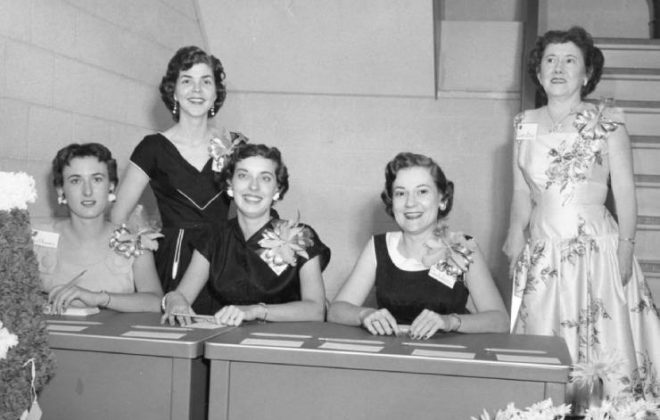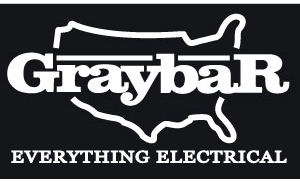Enos Barton: Vice President at 29 (Part 2 of 4)
This is blog #2 of the Enos Barton series. Read blog #1 here.
As business partners, Enos Barton and Elisha Gray were well matched. Gray had credibility with Western Union and a growing reputation outside the company. He was on the verge of a practical printing telegraph. Barton had the technical skills to assist the inventor with his research, as well as the business and managerial skills to turn Gray’s inventions into marketable products.

For Barton, not yet 27 years old, buying into George Shawk’s business was just the first of many good business decisions he would make.
Barton’s first priority was to raise capital for the cash-strapped partnership. He approached General Anson Stager, general superintendent of Western Union, who was their best customer. He proposed that Stager invest in Gray & Barton. This would enable Elisha Gray to complete his work on the printing telegraph, which was bound to be a huge commercial success for Western Union.
Stager agreed to become a 50% partner on the condition that the business relocate to Chicago, near Western Union’s home office. Gray and Barton were happy to accept his terms. They moved their modest headquarters to 162 South Water Street, Chicago, and left the Cleveland shop open as the company’s first branch.
The Water Street address proved to be a blessing. In 1871, the Great Chicago Fire came within two blocks of Gray & Barton. With the city’s electrical and telegraph networks destroyed, Gray & Barton played a major role in supplying scarce electrical products and restoring Western Union service.
Meanwhile, Elisha Gray had perfected and applied for a patent on his printing telegraph. The company’s small manufacturing shops were already straining to fill customer orders for telegraph components and other devices.
In three short years, the firm of Gray & Barton had more than proven its value to Western Union. The partnership that Barton had capitalized with several hundred dollars of borrowed money in 1869 was growing geometrically. By 1871, the firm employed more than 100 people.
In 1872, the year Gray was awarded a patent for his printing telegraph, Anson Stager and the Western Union Telegraph Company decided that Gray & Barton, their valued supplier, should become part of the Western Union organization. Stager had convinced Western Union that it would be more economical for the company to consolidate its manufacturing with Western Electric in Chicago rather than divide the work among separate shops.
On April 1, 1872, Western Union bought a controlling interest in the business, recapitalized it at $150,000, and formed the Western Electric Manufacturing Company of Chicago, successor to Gray & Barton.
Stager was named president of the new company; Barton became vice president; Elisha Gray, superintendent; and Charles Lewis, general foreman.
During this period, Elisha Gray was beginning his experiments with a telegraph multiplexer. Unknown to anyone at the time, this line of research would lead straight to the biggest patent fight in American history. In the meantime, Enos Barton – the former Western Union messenger boy – had become a vice president of the company and was about to manage its most important manufacturing plant. Barton was 29 years old. He was just getting started in his career.
Read Part 3 of the Enos Barton series here.
This article was republished from the Winter 1994 Graybar Outlook magazine.



